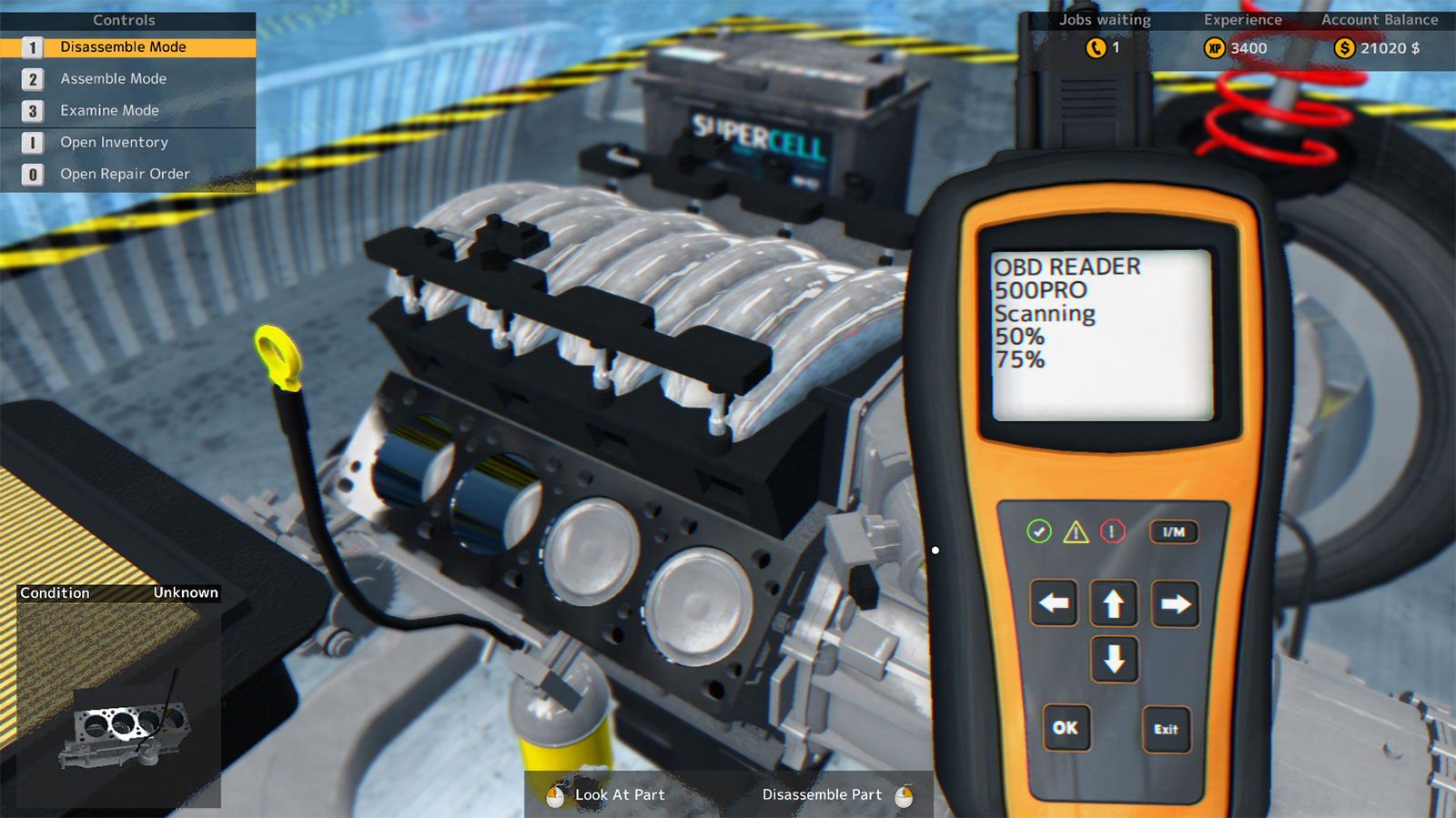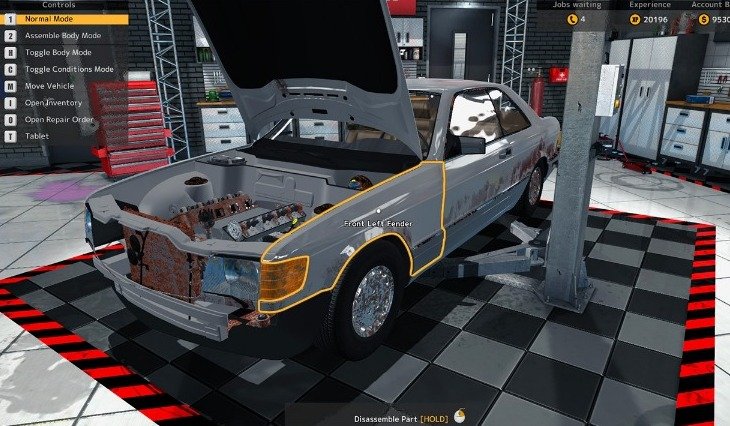

Including ratings on your images and find them with ease. You can create galleries, and add keywords for a more defined search of your photos. I love Photo Mechanic because it allows you to work on multiple images at once rather than one. Here you can add in all the necessary information to divide the image out, and categorize it any way you need for a more efficient way to organize. The image below shows the screen that will populate. Using this data allows you to add sections to your images if you like. When you take photos, the camera uses information or data that attaches to any given shot. An important term used with Photo Mechanic is “Metadata.” This process is fundamental: if you take many pictures for multiple clients or businesses, this keeps all your images separate. Once your images are in the contact sheet, you can start organizing the file. For example- your name, contact details, or any critical information that will help keep your images organized. IPTC Stationery Pad – This feature allows you to input all the essential information. It is the best way to keep everything organized and separated. Rename Ingested Photos – You can use this feature to rename all the imported images. If you want to create a backup, then you can select the second option to import another copy of the images.įilter Files – If you have both RAW and JPEG image files, you can use this filter to copy the RAW photos. Select the ingest option and make sure only to choose the memory card where your files live.ĭestination Folder – To locate the folder of your images, select the primary destination option. Ingest Disks – Here, you can choose the files that you want to import. Before we get too deep in the weeds on mechanics, here are some practical terms that can help you start working with this software. Essentially, just like uploading a document to your OneDrive, you have to create a file or, in this case, a “Contact Sheet” for the images to live. Ingesting is importing or bringing the photos into a program. Another term for this first step is called “ingesting.” This allows you to see the images in a larger view than on the camera’s LCD screen. Start by attaching your USB cable from your camera to your computer. I can live with this just due to the sheer speed of the upload. These are a ton of images to sift through and pick the best ones! How can you upload all images and determine the best without spending hours? Photo Mechanic 6 is the newest version of this software, and it goes from 0 to 60 in a flash (no pun intended).ĭuring pre-caching images, I encountered one thing: when opening a file for the time, there is a lag. There’s no rule here, you can shoot even more photos. In a 1 hour session, 40-50 photos can be captured. Just to put it into perspective, in a 30-minute session, a photographer can shoot up to 20-30 photos. You need speed! Whether you are shooting a family photo session, or you’re a photojournalist, the number of captured images will differ. From here, you just choose the photos you want to move over and upload.

#Photo mechanic review 2015 software#
Once this is complete, you can easily locate your editing software and click it. At this point, you click the assigned option and select choose. Go to preferences, select the launching option and point to external editing software.

Editing software like Adobe Lightroom, Photoshop, and ON1 can integrate with Photo Mechanic. This is a front-end software that allows you to upload, browse, manage, tag, and export your images. I want to point out that Photo Mechanic is not an editing software. I want to be able to share and then move on to the next destination to capture those incredible views. I want to have the best shots at my fingertips. So, I don’t want to spend a significant amount of time during my travels waiting for images to load to manage and edit them. I’m a landscape photographer, and travel is part of the job. Get Organized With Photo MechanicĪs a photographer myself, I like to be very organized and efficient when I start the editing process. In this blog, we will discuss Photo Mechanic features and why it is the best organizational tool for photographers.


 0 kommentar(er)
0 kommentar(er)
